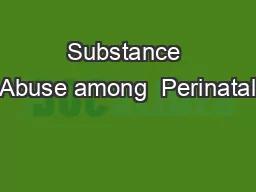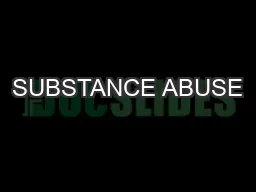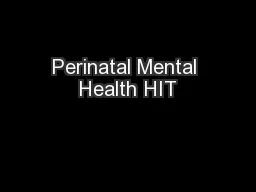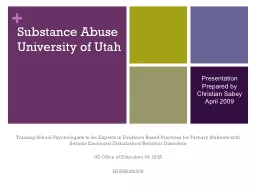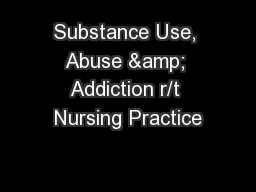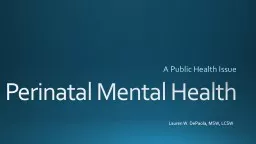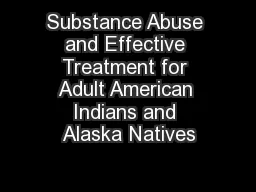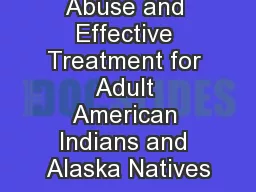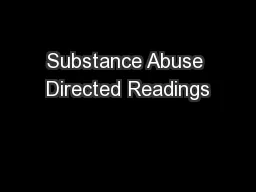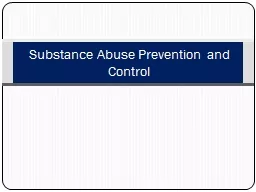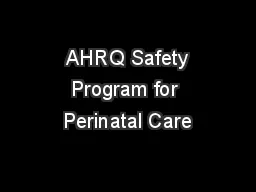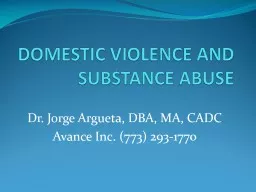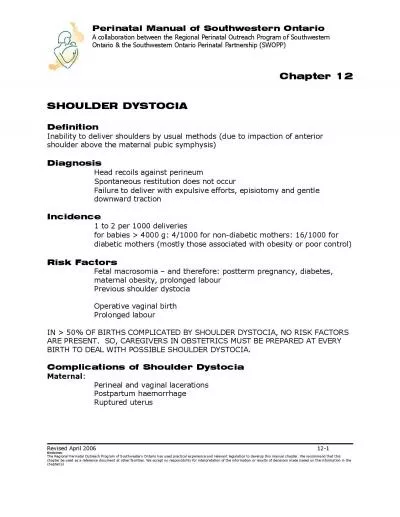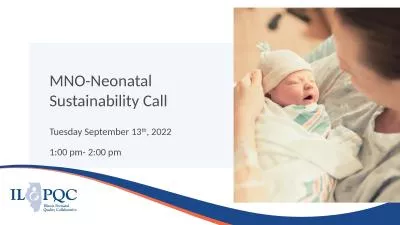PPT-Substance Abuse among Perinatal
Author : yoshiko-marsland | Published Date : 2018-10-23
Women Rebecca Hebner Roppolo MPH Substance Abuse Prevention Systems Coordinator Violence and Injury PreventionMental Health Promotion Branch Welcome and Introductions
Presentation Embed Code
Download Presentation
Download Presentation The PPT/PDF document "Substance Abuse among Perinatal" is the property of its rightful owner. Permission is granted to download and print the materials on this website for personal, non-commercial use only, and to display it on your personal computer provided you do not modify the materials and that you retain all copyright notices contained in the materials. By downloading content from our website, you accept the terms of this agreement.
Substance Abuse among Perinatal: Transcript
Download Rules Of Document
"Substance Abuse among Perinatal"The content belongs to its owner. You may download and print it for personal use, without modification, and keep all copyright notices. By downloading, you agree to these terms.
Related Documents

